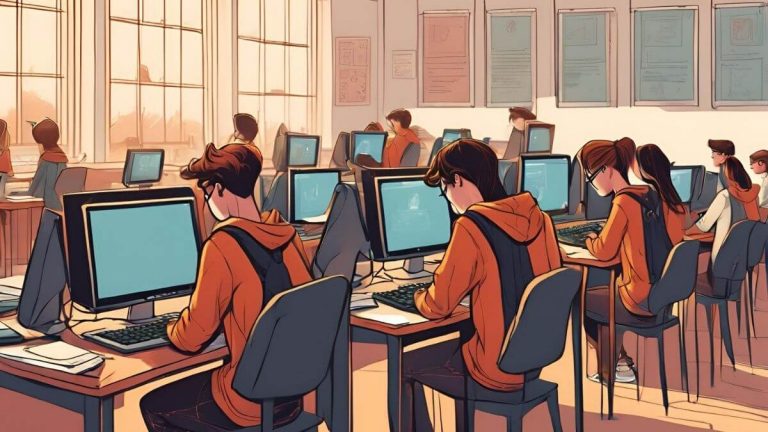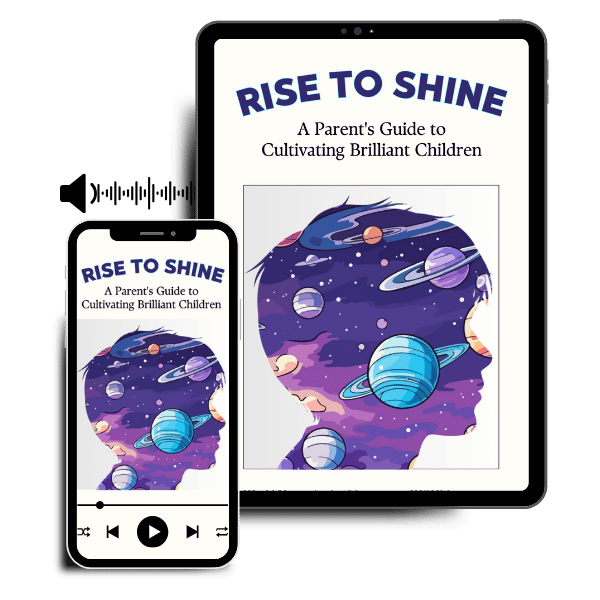Understanding AI in Early Childhood Education


AI (Artificial Intelligence) is changing many areas of our lives, including education. Picture a classroom where each child gets lessons tailored just for them, thanks to intelligent systems. This is happening right now in many schools, especially for young children. This article explains how AI is used in early childhood education and why it’s beneficial.
What is AI?
AI means machines that can think and learn like humans. These smart systems can solve problems, understand language, and recognize patterns.
How AI is Used in Education
In education, AI includes tools that make learning better. These tools can adapt lessons to fit each child’s needs, making learning more effective.
Why Early Childhood Education is Important
Early childhood education is crucial because it shapes a child’s future learning and development. Good early education helps children learn better, develop socially, and improve their well-being.
AI is set to change early childhood education, making learning personalized, engaging, and efficient. As we embrace this change, it’s important to balance AI with human interaction to ensure a well-rounded education for children. Educators, parents, and policymakers should stay informed and involved in integrating AI into education to serve the best interests of young learners.
Also Read:
References:
1. What is AI in early childhood education?
AI in early childhood education refers to the integration of artificial intelligence technologies into teaching and learning processes for young children. This can include personalized learning experiences, adaptive educational software, and AI-driven assessment tools that help educators understand each child’s unique needs and progress.
2. How can AI enhance learning experiences for young children?
AI can enhance learning experiences for young children by providing personalized educational content that adapts to their learning pace and style. For example, AI-powered educational apps can offer interactive and engaging activities tailored to each child’s interests and abilities, making learning more enjoyable and effective.
3. What are the benefits of using AI in early childhood education?
The benefits of using AI in early childhood education include personalized learning, improved engagement, and real-time feedback. AI can help identify learning gaps and provide targeted interventions, ensuring that children receive the support they need to succeed. Additionally, AI can assist teachers by automating administrative tasks, allowing them to focus more on instruction and interaction with students.
4. Are there any risks associated with AI in early childhood education?
While AI in early childhood education offers many benefits, there are also potential risks. These include concerns about data privacy, the potential for over-reliance on technology, and the need for careful implementation to avoid exacerbating educational inequalities. It’s crucial to ensure that AI tools are used ethically and responsibly, with a focus on enhancing human interactions rather than replacing them.
5. How can educators effectively integrate AI into early childhood education?
Educators can effectively integrate AI into early childhood education by starting with small, manageable projects and gradually expanding their use of AI tools. They should seek out high-quality, research-based AI educational programs and receive proper training on how to use them. Additionally, maintaining a balance between technology and traditional teaching methods is essential to ensure a well-rounded educational experience for young children.

Get Your Resources to Your Email Now!